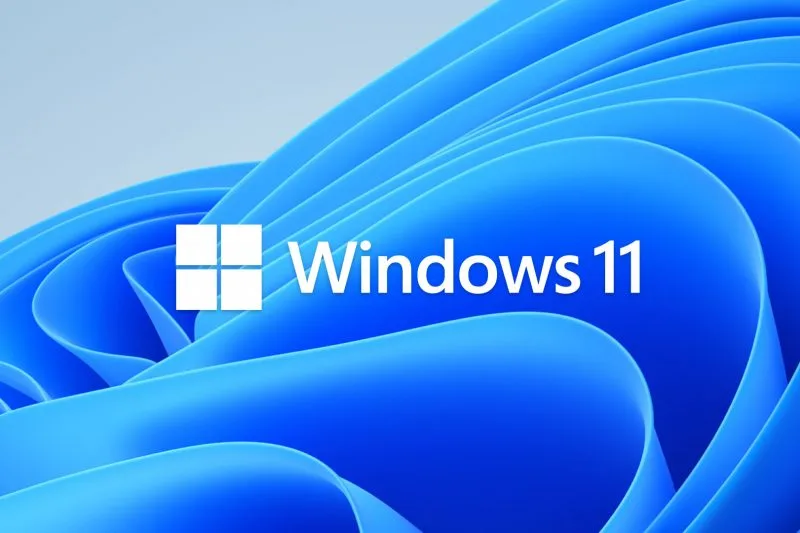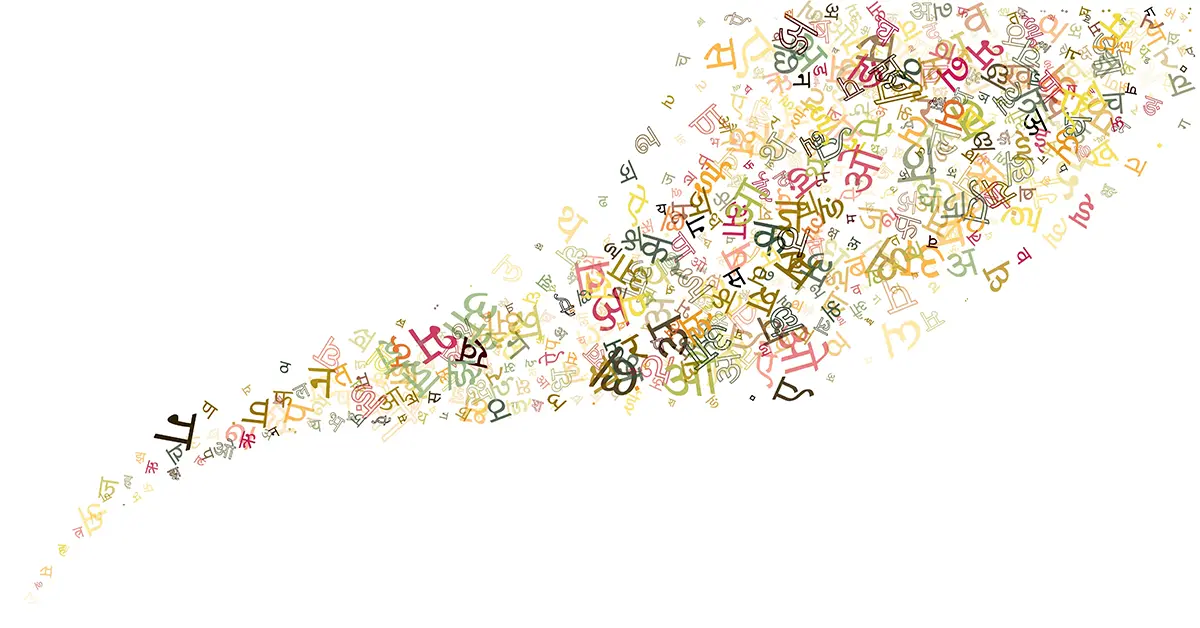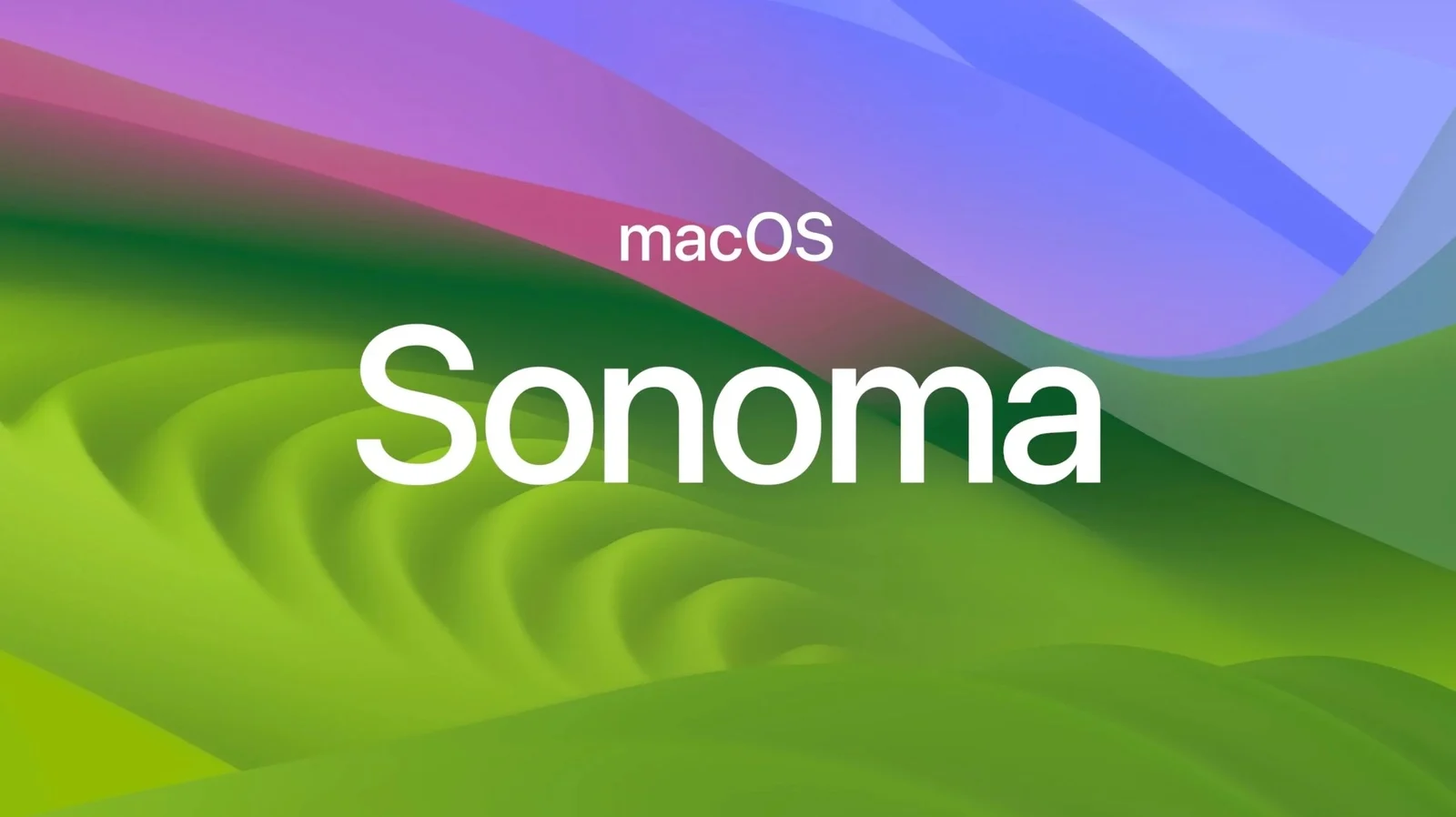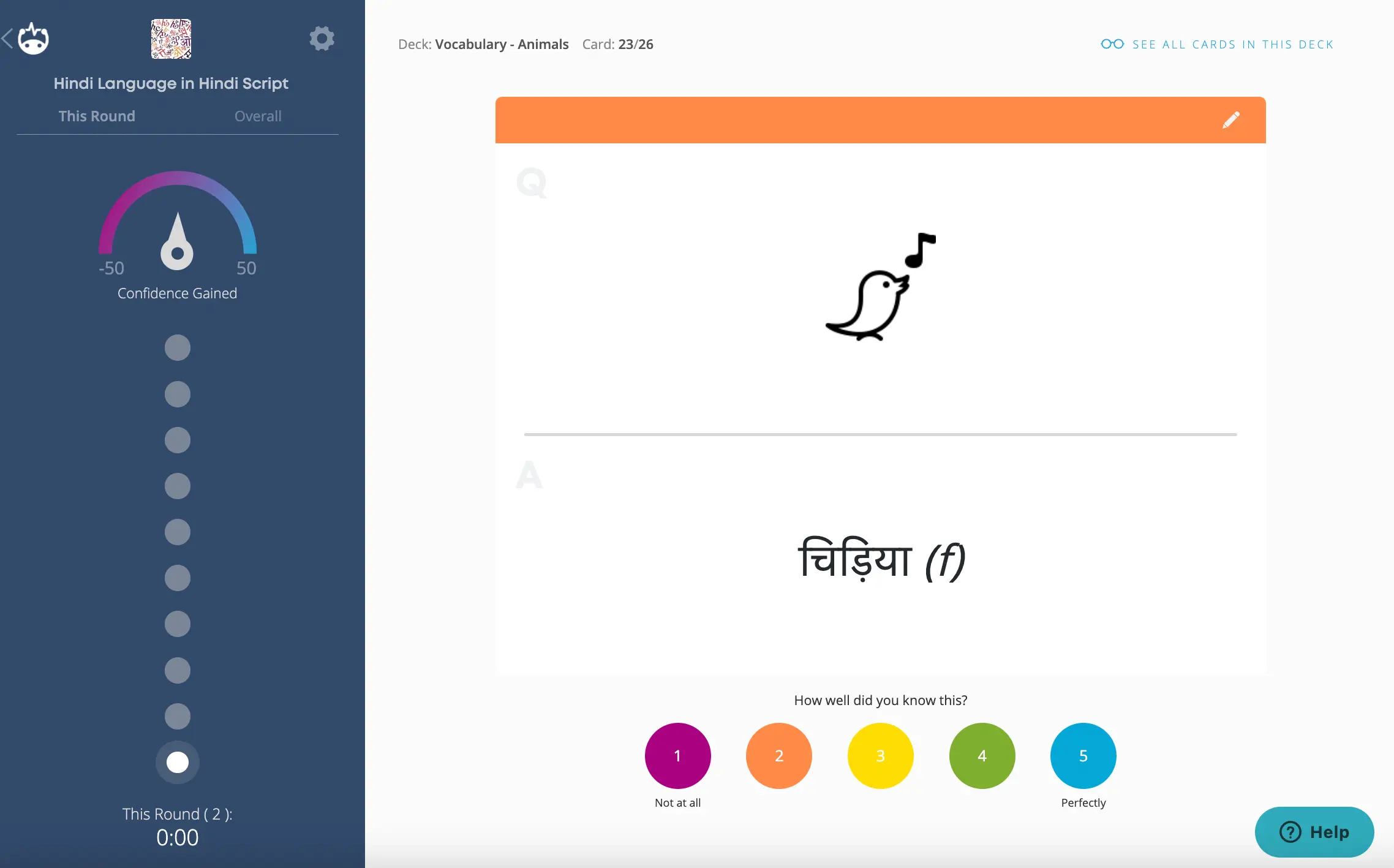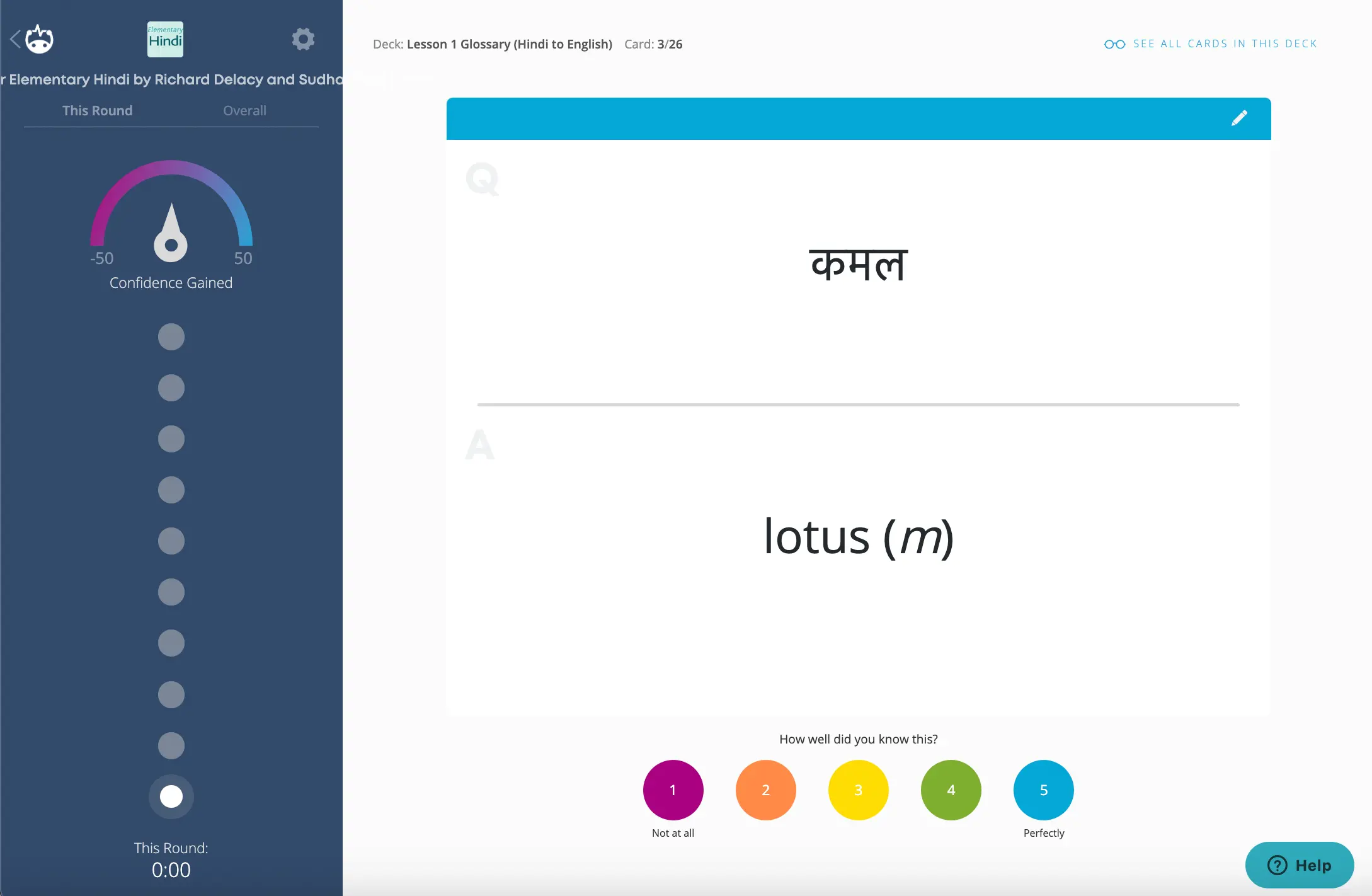Overview
Teach Yourself Complete Hindi
by Rupert Snell and Simon Weightman
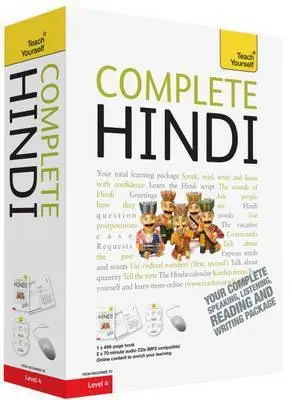
Pros
- Articulate and concise explanations of the language structures
- Well-organized and consistent in its presentation
- Entertaining (if over the top!) storyline
- A motivated and hardworking student can go far
Cons
- Quality of the audio recordings
- Amount of vocabulary presented can be overwhelming
- At times, not enough practice is provided
Bottom Line
Teach Yourself - Complete Hindi is best suited for academically-oriented students who can handle many new words and structures in succession.
Description
Teach Yourself - Complete Hindi has been the most used Hindi course book for English speakers learning Hindi. It has been assigned in universities, colleges, and private language classes worldwide since the 90s.
The 18 chapters generally have two dialogues each. The first dialogue highlights the content of the first half of the chapter, while the second highlights the second half.
The dialogues follow a somewhat off-the-wall story in which the character Pratap has gone to Delhi to learn Hindi and lives with the Kumar family. Throughout the story, we end up meeting around 15 different characters before its startling climax.
Although it's physically a relatively small book, it packs in a lot, taking a learner from absolute beginner to mid-intermediate. It also includes seven appendixes, a key to the exercises, and a comprehensive glossary from Hindi to English and vice versa.
The 70 MP3 files on the audio discs contain recordings of all dialogues and exercises. Unfortunately, the recordings were done long ago and are sometimes difficult to understand.
Instead of using the book's audio, I recommend listening to Glossaries Alive, one of the Hindi learning resources available on the Hindi Urdu Flagship website. Using its 18 episodes (which correspond to the 18 units of this book), you get to hear the primary author, Rupert Snell, go back and forth with a native speaker, Neha Ladha, using vocabulary from that particular chapter and structures you've learned up to that point in the book.

